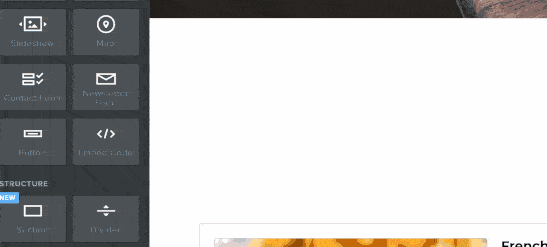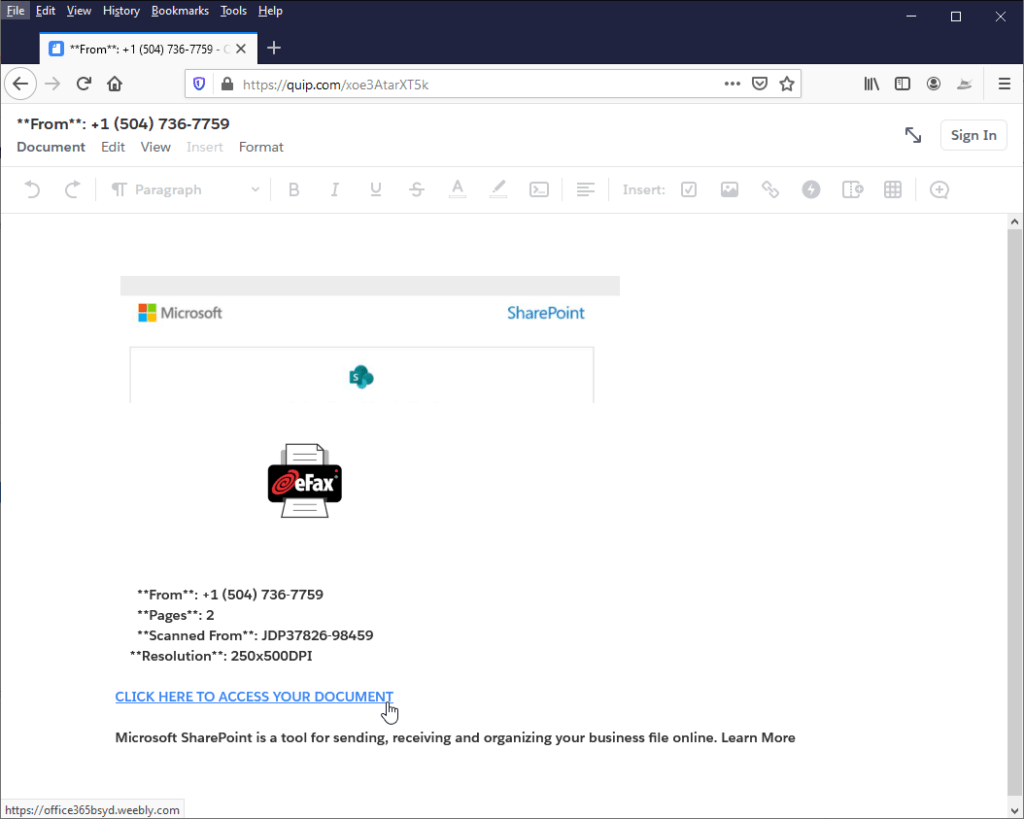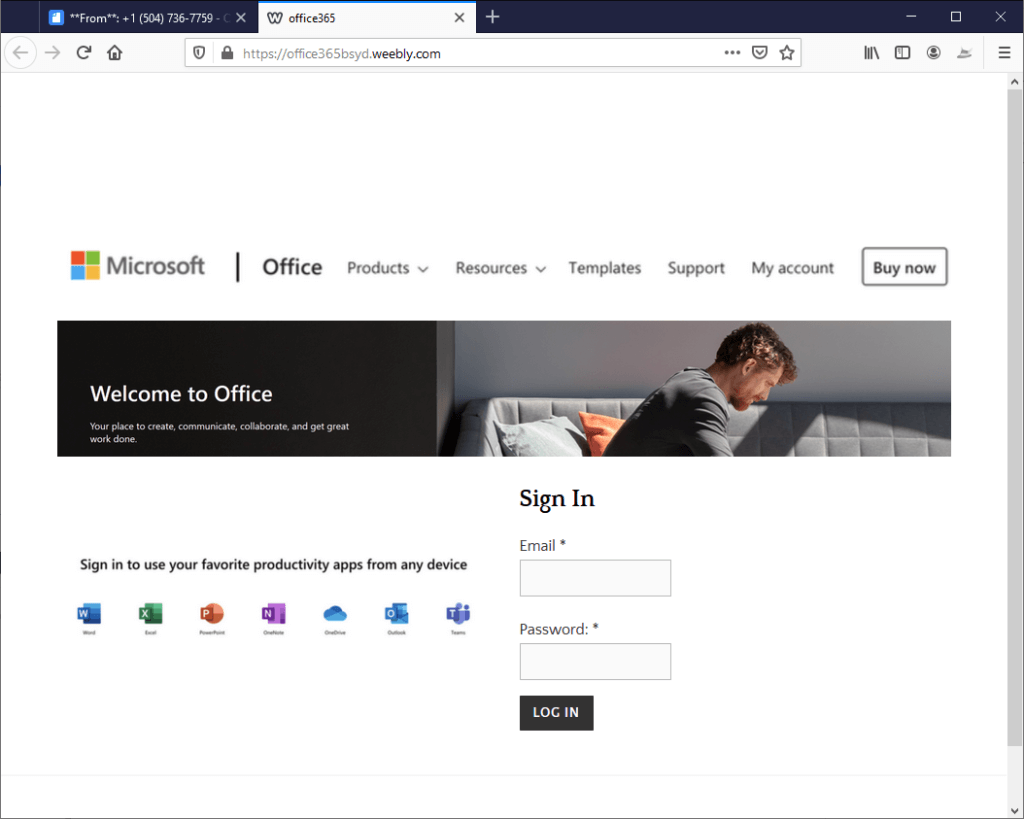We are seeing a dramatic increase in the number of phishing attempts using real page builder web applications such as Weebly. These drag-and-drop, front-end editor tools make it easy to create and host legitimate-looking login pages for free.

Example
In the example below, you can see how the attackers leveraged compromised, legitimate email accounts to send fake document-delivery notifications.
1. The attack starts with a hook to convince email recipients that he or she received a document. The email impersonated eFax, an internet fax service making it easy to receive faxes via email or online.

2. As you can see, the email uses the legitimate eFax branding. It includes a button with a link directing recipients to, “View Document.” And, it includes a small picture that is a sample image of a fax the recipient apparently received.
3. The user is then sent to Quip, a popular content sharing platform, to download the fax. It includes a sample fax image, Caller ID and reference number, and again tells recipients to “Click Here to Access Your Document.”

4. When the person clicks the button, he or she is then taken to the final credential-stealing part of the campaign (see below).

The page looks great, right? That’s because it literally can be the exact same technology used to create the original site. Free packages from some of the top page and embeddable form builders allow attackers to create single-page logins that look legitimate. Most of the tools have free templates, making it even easier to create them in seconds.
How They Do it for Free
The rise of SaaS web building tools has made it easy for anyone to create and publish anything online. This is great for many people, since it requires only little knowledge of HTML. While this is a huge benefit for most people, there are those bad actors who exploit the services, unfortunately.
Website Builders
These services offer convenience in creating professional-looking phishing pages, some of which can look like popular websites. The following are some of the most popular website building tools with a free plan:
- Wix
- Weebly
- SITE123
- Strikingly
- WordPress
- Jimdo
- SimpleSite
- Webnode
- IM Creator
- Mozello
- Ucraft
- Webstarts
- GoDaddy
- Webflow
Form Builders
The abuse of forms services like Microsoft Forms to create simple and fake phishing pages and sometimes even fake login pages has increased. The following are some of the most popular website building tools with a free plan:
- Hubspot Free Online Form Builder
- Gravity Forms
- Typeform
- Wufoo
- Microsoft Forms
- Formstack
- Paperform
- Formsite
- Cognito forms
- Leadformly
- 123 Form Builder
- Google Forms
- Microsoft Forms
How We Detect Phishing Scams
Recursive Unpacker
We unpack everything individually. Once the email’s unpacked, we scan each file, URL text or smaller objects within the content, separately.
Then, unique algorithms run the same files and URLs in multiple versions and patterns. This makes sure the attack is not leveraging unseen evasion techniques. See more here.
Image Recognition
Our image–recognition engine scans URLs to prevent zero-day attacks and known phishing attempts. Learn more here.
Here’s some related content you may enjoy: How to Prevent Phishing
We’ve observed and prevented attackers targeting various services. These range from generic login portals to SharePoint, Adobe Document Cloud, OneDrive, Office 365 and more. Interested in seeing more examples? Make sure to check out these.























